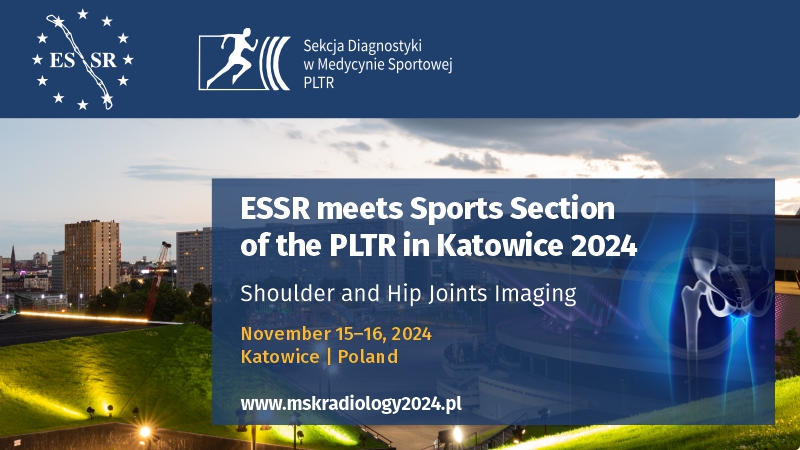Ultrasonography in the diagnosis and monitoring of intra-abdominal hypertension and abdominal compartment syndrome
Andrzej Smereczyński, Katarzyna Kołaczyk, Elżbieta Bernatowicz
 Affiliation and address for correspondence
Affiliation and address for correspondenceDespite their considerable clinical significance, intra-abdominal hypertension and abdominal compartment syndrome are rarely discussed in the context of ultrasonography. They occur in critically ill patients, usually hospitalized in intensive care units. Early diagnosis of these conditions is of key importance for prognosis as it allows for proper treatment and prevents high mortality. Although there are various methods for the assessment of intra-abdominal pressure, a measurement using a sensor-equipped catheter placed in the bladder is the gold standard. However, this technique does not allow to identify the etiology of the problem, which is usually resolved by analyzing patient’s clinical data supported by imaging findings. Computed tomography is most often used for this purpose. Recent years have proved that point-of-care ultrasonography is also useful in this respect. This issue has become the basis for developing this review paper, which describes the opinion of the experts of the World Society of the Abdominal Compartment Syndrome on the nomenclature, classification and diagnosis of intra-abdominal hypertension. We also presented preliminary data on the role of ultrasound in the diagnosis and monitoring of intra-abdominal hypertension and the contribution of this modality to the choice of appropriate treatment for patients presenting with this clinical condition. A multi-center study used point-of-care ultrasonography to assess the position of a g-tube in the stomach and its contents, intraluminal content status and bowel motor function, the monitoring of gastric drainage and forced intestinal evacuation, the presence of ascites and ascitic status without and after paracentesis. Even when simplified, the method was found to be very useful.








